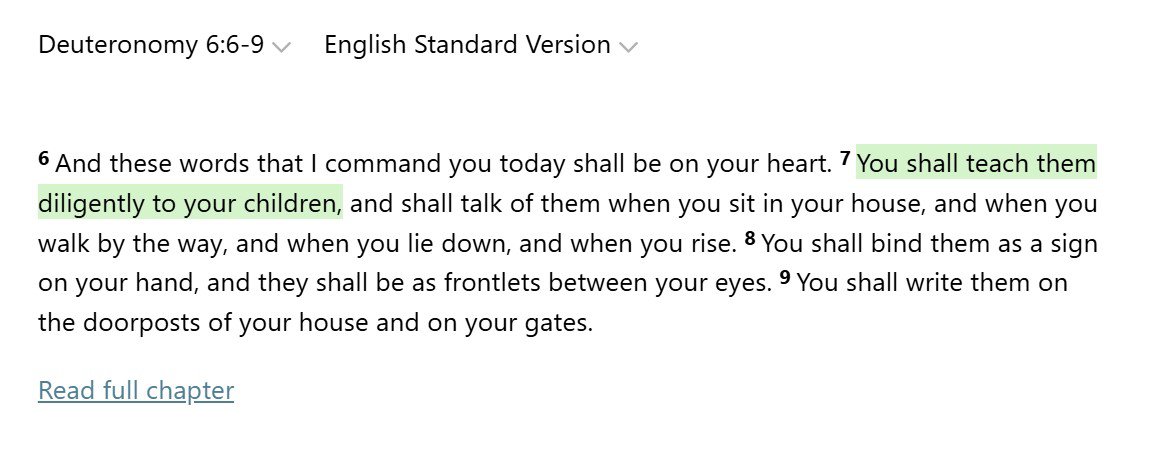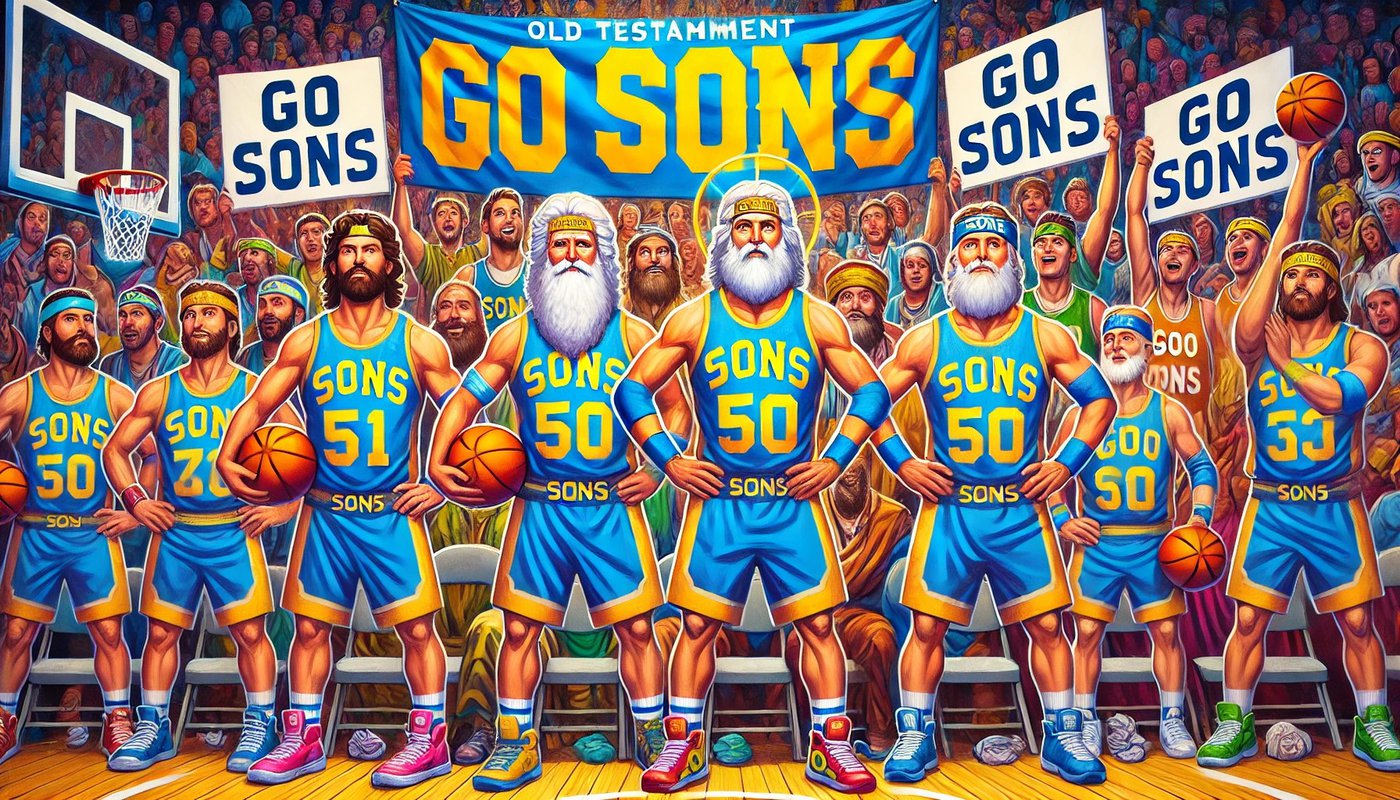
 img:biblegateway.com
img:biblegateway.comBack to school
In my family, January means it’s a new semester at my children’s high school.
The examinations from last term were completed before the Christmas break, and now a whole new schedule has emerged.
There are new classes, new educators, new classmates, and new challenges.
Each of my children faces these challenges differently. Parenting is never done by template!
Since I’ve been focusing my recent blog posts on the customs and traditions during Bible times, I decided to do some research into education systems during both Old and New Testament times.
Abraham
Between the years of 1922 and 1934, Sir Charles Leonard Woolley conducted an archeological expedition at Ur of the Chaldees.
You may recognize that location as the birthplace of Abraham.
What Woolley discovered, digging into the past, was evidence of an organized school system more than 4,000 years ago.
Clay tablets were uncovered that indicate some of the subjects taught in these schools.
There were writing tablets and dictation lessons in vocabulary - something like what we might today refer to as “Language Arts”.
There were multiplication and division tables found, along with more advanced tablets containing square and cube roots with lessons in practical geometry.
Grammar lessons included paradigms of the conjugation of verbs.
If you are interested in more about Woolley’s expedition, I recommend his 1936 volume entitled, “Abraham; Recent Discoveries and Hebrew Origins”.
What these findings reveal is that Abraham came from a city of high civilization, and perhaps Abraham himself attended one of these schools.
For Christians, one of the more perplexing stories of Abraham’s life is the story in Genesis 16.
That’s where we learn that Sarah, Abraham’s wife, intentionally gives Hagar (her maid) to Abraham, in order that Abraham might have children by Hagar.
Christians struggle with this text because it violates what we are taught about marriage and fidelity. It can even seem offensive to a modern couple struggling to bear children.
You won’t find me defending the practice.
However, it is almost certain that Abraham and Sarah learned this from their education at Ur.
In the law of Hammurabi, it is stipulated that, “If a man take a wife and she give this man a maid-servant as wife and she bear him children, and then this maid assume equality with the wife: because she has borne him children her master shall not sell her for money…”
So while we do not adopt this practice, we can certainly understand why Abraham and Sarah would act this way. They were simply behaving the way they had been taught in their Chaldean school.
Moses
Moving forward a few hundred years, we look at Moses as a young boy growing up in Egypt.
Most people know the story of his infancy, how he was surrendered by his Israelite mother because there was a brutal law in place at the time of his birth.
Had Moses’ mother attempted to keep and raise her male child, he would have almost certainly been killed. Pharaoh was attempting to weaken the Israelite community.
However, by God’s design, Moses was raised by one of Pharaoh's daughters.
And in Acts 7:22, Stephen tells us that Moses, “learned all the wisdom of the Egyptians”.
I don’t think we’d be reading too much into that statement by assuming that Moses received a proper education befitting a grandson of the most powerful man in the world at that time.
It makes sense, knowing the rest of the Moses story, how he would author the first five books of the Bible (under direct inspiration from God), that Moses would have been schooled in Language Arts.
Moses would also lead an entire society of people for four decades. Surely Moses would have been schooled in arts, sciences, and military tradition.
Jewish tradition (which should not be confused with Biblical testimony) has it that Moses went to school at the Temple of the Sun in Heliopolis.
That would have been where he learned both duodecimal and decimal scales of arithmetic notation.
Archaeological evidence also tells us that the Egyptians were proficient in architecture, medicine, anatomy, chemistry, metallurgy, and even dentistry, not to mention music and the arts.
It’s likely that Moses was very well educated compared to the entirety of the Israelite population which left Egypt in the Exodus.
So when Moses was lecturing the Israelites on the cusp of their entry into Canaan, he had specific instructions for parents:
“These words that I command you today shall be on your heart. You shall teach them diligently to your children, and shall talk of them when you sit in your house, and when you walk by the way, and when you lie down, and when you rise. You shall bind them as a sign on your hand, and they shall be as frontlets between your eyes. You shall write them on the doorposts of your house and on your gates.”
Yes, I printed them at the top of this article, but they are worth repeating.
Moses laid out a methodology for home schooling which, given the divine inspiration behind Deuteronomy, was God’s way of ensuring that His Word would be taught by parents to their children.
Let’s pray this continues today!
Samuel
Our third stop in time would be what the Bible refers to as “The School of the Prophets”.
It was during the reign of King Saul (the years leading up to 1,000 BC) that the prophet Samuel was led to form a school for young men, mostly Levites.
There they were trained to teach the Torah.
We know of such a school at Ramah, where Samuel himself presided, where David fled for a time when Saul sought to kill him. (1 Sam 19)
Samuel’s innovation was likely due to the moral decline of the priesthood under his mentor Eli and Eli’s wicked sons. Again, you can read more about them in 1 Samuel.
Depending on how you interpret 1 Samuel 10, there may also have been a school in Gibeah where the text tells us that there was a “company of prophets”. Maybe a “school”; maybe not.
There are further mentions of such companies of prophets throughout 1st and 2nd Kings, where Gilgal, Bethel, and Jericho are called out as locations.
It may even be that the term “sons of the prophets” (1 Kings 20:35 and elsewhere) was a technical term for those attending such a school.
Today, when one school’s football team plays another, we might say “here come the Tigers to face the Bulldogs”.
In 1 Kings they were the “Sons”. I guess.
Here is an artificial artist’s rendering of what an average Friday evening activity might have looked like at Samuel’s school in Ramah:

I'm not sure why our artificial artist is so enamored with the number 50,
but you know how artists can be...
Jesus
Our survey would not be complete without a glance at the New Testament, and the kind of education a first century Jewish boy might have received at the local synagogue.
I have noticed that people will sometimes confuse the Jewish synagogue with the Jewish temple.
Those were two very different things.
Synagogues were not places of worship, though they were places where people would go to pray.
But the synagogues of Jesus’ day were also places where people would go to school, hold community meetings, or simply gather to be around other like-minded people.
Perhaps a modern “rec center” is more similar to a first century synagogue - far more so than a modern church.
And so that is where Jesus would have gone to school, the synagogue in Nazareth.
Jewish boys would usually begin such schooling in the fifth or sixth year of their lives.
According to historian Alfred Edersheim, “pupils and teachers either stood or else they sat on the ground in a semicircle, facing each other.”
Until the children were ten years old, the Bible was the only textbook they studied from.
They were expected to memorize, word by word, verse by verse, beginning with Genesis and progressing as far as each boy’s mind would take him.
By the time they were 15, the boys had expanded their education to include subjects like law and theology, with lessons from the Talmud for those boys who continued their education.
Most boys did not.
It was only the “best” performing students who remained in formal schooling, because as soon as a child began to struggle in his education, he would most likely be kept home to learn his father’s trade.
And so all of the disciples - because none of them were scribes or sadducees - were likely dropouts.
Paul
By the time the Apostle Paul was of school age, there were two rival schools of rabbinical theology.
One was the school of Hillel, which Paul attended at Jerusalem, the other was the school of Shammai.
Paul's mentor and teacher was Gamaliel who taught in Jerusalem at the school of Hillel, which would graduate young men who would be called “Pharisee”. We learn all of this from Acts 22:3.
Outside of the Jewish culture, there were also Roman schools.
Ancient records tell us that there were no fewer than twenty grammar schools in Rome at the time Paul was there.
One difference between the Jewish schools and the Roman schools was the presence of young girls in the Roman schools.
We also know that Paul utilized one of the teaching halls of the School of Tyrannus in Ephesus when he preached there in Acts 19.
Today
Despite all of the educational opportunities that have been available throughout the centuries, the one system of learning that has always worked has been the simple lessons learned at home.
And so we continue to be well advised by Moses who reminds parents like me that we have no greater duty to God, to ourselves, and to our families than to teach our kids about the Bible stories.
If you are a parent who struggles to know how to pass along the faith to your children, take heart.
Simply tell them the stories of the Bible.
You do not have to know exactly how to interpret every detail, nor do you have to know how to turn a Bible story into a sermon.
The stories themselves, because they are God’s Word, contain all of God’s power to teach your children how to trust and believe.
I’ll “see” you next week with another look at the customs and traditions of Bible times.



